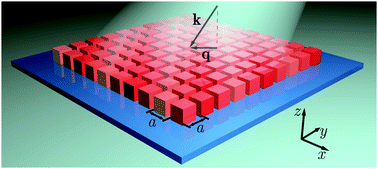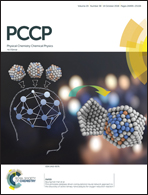Excitonic phenomena in perovskite quantum-dot supercrystals
Abstract
Quantum confinement and collective excitations in perovskite quantum-dot (QD) supercrystals offer multiple benefits to the light emitting and solar energy harvesting devices of modern photovoltaics. Recent advances in the fabrication technology of low dimensional perovskites has made the production of such supercrystals a reality and created a high demand for the modelling of excitonic phenomena inside them. Here we present a rigorous theory of Frenkel excitons in lead halide perovskite QD supercrystals with a square Bravais lattice. The theory shows that such supercrystals support three bright exciton modes whose dispersion and polarization properties are controlled by the symmetry of the perovskite lattice and the orientations of QDs. The effective masses of excitons are found to scale with the ratio of the superlattice period and the number of QDs along the supercrystal edge, allowing one to fine-tune the electro-optical response of the supercrystals as desired for applications. We also calculate the conductivity of perovskite QD supercrystals and analyze how it is affected by the optical generation of the three types of excitons. This paper provides a solid theoretical basis for the modelling of two- and three-dimensional supercrystals made of perovskite QDs and the engineering of photovoltaic devices with superior optoelectronic properties.



 Please wait while we load your content...
Please wait while we load your content...